College Football Labor Unrest Threatens University Profit Model
Last week, a regional office of the National Labor Relations Board became the first government agency to officially acknowledge what everyone in the country outside the NCAA already knew: College athletes are cheap labor for a $16 billion business disguised as a nonprofit educational enterprise.Last week, a regional office of the National Labor Relations Board acknowledged that college athletes are cheap labor for a $16 billion business disguised as a nonprofit educational enterprise.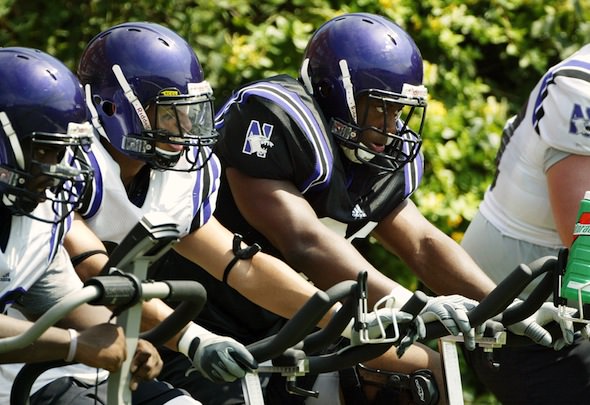
By Michael Paarlberg
Last week, a regional office of the National Labor Relations Board became the first government agency to officially acknowledge what everyone else in the country, outside the NCAA, already knew: College athletes are cheap labor for a $16 billion business disguised as a nonprofit educational enterprise.
The ruling’s wording was more circumscribed, declaring football players at a single university, Northwestern, eligible to form a union, and applying only to players who receive athletic scholarships at other private universities. But should it be upheld by the full NLRB in Washington, it could reshape the entire structure of college sports. Were this a union petition by a couple of dozen employees at any other workplace in Illinois, it wouldn’t make the splash that it did. But these are not just any employees, they’re the engine for one of the country’s most popular and profitable entertainment industries. In fact, universities have always claimed that players were not employees at all, despite their doing all the things employees do: receiving compensation (in the form of a scholarship) in exchange for services, adhering to a specified work schedule (40 to 60 hours per week), wearing a mandated uniform, even living in designated dorms. All of these requirements are, in the words of Chicago NLRB director Peter Sung Ohr, “subject to the employer’s control in the performances of their duties as football players.”
The college student-athlete ideal is a nice one (I was one, for a far less lucrative sport — rowing) and universities promise to put the student part first. But when it comes to elite Division I football and basketball programs, where players are recruited for their athletic — not academic — talents, required to fulfill primarily athletic duties, and risk losing their scholarships if they don’t, that promise is a hollow one. It is also a fig leaf covering an exploitative relationship set up for the benefit of the university at the expense of the player, er, student. The very term “student-athlete” became the NCAA’s catchphrase of choice in the 1950s as a pre-emptive defense against personal injury lawsuits after a football player at Colorado’s Fort Lewis A&M died of head injuries and his widow demanded death benefits. Claiming his death was a work-related accident covered by workers’ compensation, she lost when Colorado’s Supreme Court declared the university was “not in the football business.”
But of course college sports are very much a business; and even better, one that is tax exempt, because nearly all U.S. universities and the NCAA are officially not-for-profit institutions. In deciding against Northwestern, the NLRB cited the $235 million in revenue the university earned from football from 2003 to 2012. At bigger football schools such as the University of Texas, revenue can top $100 million in a single year according to Forbes, which ranks college football programs by profitability. (That alone tells you how seriously everyone takes this charitable institution nonsense.) The money comes from ticket sales, corporate sponsorships, merchandising and especially television rights. This last revenue stream is the NCAA’s bread and butter, more so from basketball than football, particularly during springtime when it makes 90 percent of its yearly income from March Madness. The organization recently inked a contract with CBS worth nearly $11 billion.
For their part, the football and basketball players who make all this possible get a scholarship that, in theory, covers the cost of tuition and related educational expenses, if they get anything at all. (A report by the National College Players Association finds that even “full scholarships” at top football schools actually fall short of covering expenses by an average of $3,285, leaving over 80 percent of college players below the poverty line.) And they are barred from doing anything that might profit from their talents and thus cut into their school’s and the NCAA’s monopoly. This creates absurd situations such as players being sanctioned for selling their own jerseys for a couple hundred dollars while their schools make millions licensing the jerseys, video games and more in those players’ names — even after they graduate. And all of this in the name of upholding the sanctity of amateurism. As reporter Taylor Branch, who has documented these contradictions in The Atlantic, wrote, “The tragedy at the heart of college sports is not that some college athletes are getting paid, but that more of them are not.”
At the crux of these and other exploitative relationships is the big lie that universities are not profit-maximizing businesses. It is no coincidence that the organizing push by football players comes at a time of increasing union activity among two other underpaid workforces on whose labor universities also depend: adjunct professors and graduate students. That lie has become harder to uphold as universities have increasingly shifted teaching loads away from full-time professors to these two cheaper alternatives. About three-quarters of U.S. college classes are now taught by adjuncts, yet the millions in labor costs universities have saved haven’t been passed on to students, who continue to see tuition skyrocket.
One thing the NLRB ruling won’t change, at least for now, is players’ lack of non-scholarship compensation. The union with which players seek representation, the College Athletes Players Association, has declared it will not seek salaries for college football players. Rather, its demands center mostly on health care: specifically, an insurance fund to cover football-related medical expenses before and after graduating. This demand is appropriate for a sport that takes a heavy, long-term toll on players’ bodies, and — as the NFL has been slow to acknowledge — brains. That CAPA has to demand health insurance at all highlights the absurdity of the NCAA’s protestation of the ruling: “We want student-athletes — 99 percent of whom will never make it to the professional leagues — focused on what matters most — finding success in the classroom, on the field and in life.”
For the lucky few who do make it to the NFL without a career-ending injury, the student-athlete experience isn’t such a bad deal. (And it’s a very good deal for pro teams. Since the NFL doesn’t allow players to be drafted until three years after high school, it forces them into a free minor league; at least in baseball, minor league players are paid.) For those who don’t make it, they’ll remain a four-year cash cow for their school, but will at least enjoy some protections from the kinds of traumatic injuries that would prevent them from finding success in life off the field.
The broader question is how these organizing pushes will change the way universities do business. As long as they can continue to haul in revenue from sports and tuition while suppressing labor costs for both, and continue to plow those returns into endowments and construction rather than instruction and scholarships, they will. This model has endured for decades in the face of bitter but futile protest from those on the academic side of campus. It may take a more credible threat from the athletic side to force a change in thinking.
Michael Paarlberg is a Ph.D. candidate in government at Georgetown University. He has written for The Guardian, New Republic, Slate, Huffington Post, Jacobin and Washington City Paper. Follow him on Twitter @Mpaarlberg.
Your support matters…Independent journalism is under threat and overshadowed by heavily funded mainstream media.
You can help level the playing field. Become a member.
Your tax-deductible contribution keeps us digging beneath the headlines to give you thought-provoking, investigative reporting and analysis that unearths what's really happening- without compromise.
Give today to support our courageous, independent journalists.
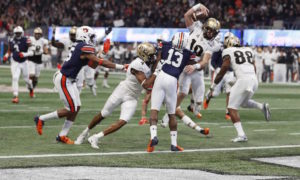
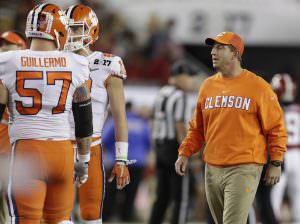
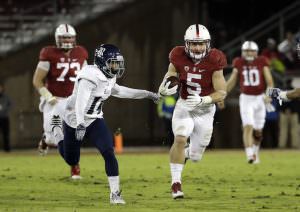
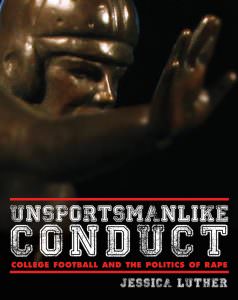
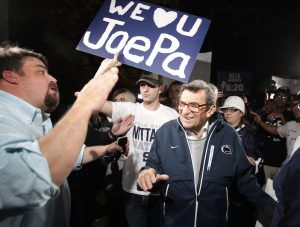


You need to be a supporter to comment.
There are currently no responses to this article.
Be the first to respond.